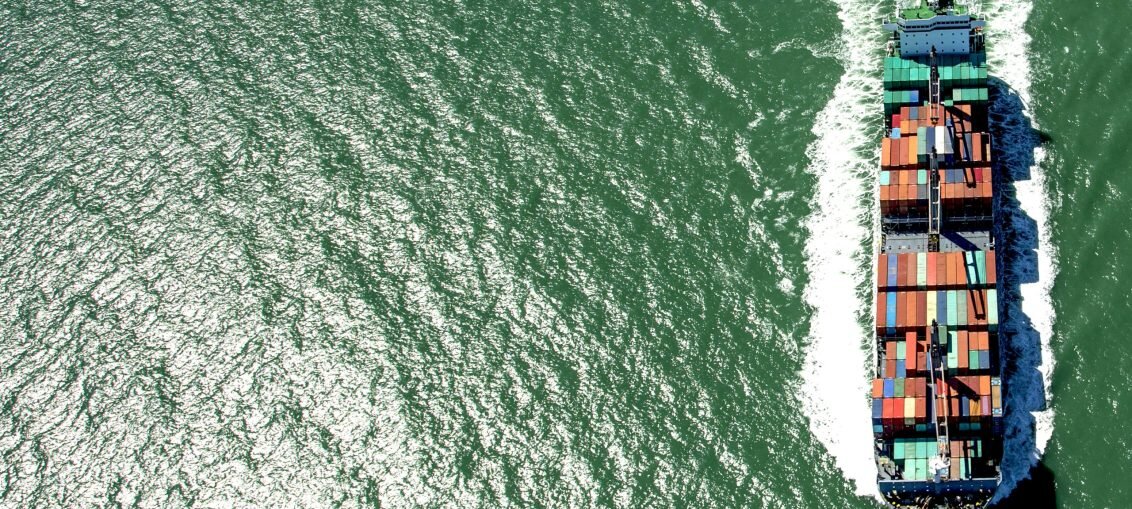Recently, Hanwha Ocean publicly announced its plan to enter the turbine and blade manufacturing sector for the first time, aiming to expand its business scope across the entire value chain of the offshore wind power industry.
In a securities filing submitted prior to issuing 70 billion won (approximately) in corporate bonds, Hanwha Ocean stated: “The offshore wind power value chain envisioned by our company includes project development, manufacturing of key components (turbines, blades, etc.), EPC, wind turbine installation vessels (WTIV), operations management, and power sales.”
Turbines and blades are core components of offshore wind turbines. In South Korea, the main manufacturers of turbines are Doosan Enerbility and Unison. Industry insiders noted that among South Korean shipbuilders targeting offshore wind power as a future business, Hanwha Ocean is moving the fastest in terms of investment.
In August 2023, Hanwha Ocean held a board meeting and officially announced its vision to become a Global Ocean Solution Provider, centered on four key pillars: defense, environmental protection, offshore wind power, and smart shipyards. The company also approved a paid-in capital increase resolution of approximately 2 trillion won (about $1.5 billion), including an investment of around 200 billion won (about $150 million) to formally enter the global offshore wind power market, which is growing at an average annual rate of 18% and is centered in Europe, the U.S., and Asia. Later, Hanwha Ocean increased its investment in offshore wind power from 200 billion won to 300 billion won through additional capital raises, aiming to create synergies with Hanwha Group’s energy development capabilities and expand its business scope through WTIVs, floating equipment products, and safety technologies.
In 2024, Hanwha Ocean also acquired the wind power business of Hanwha Engineering & Construction for 188.1 billion won.
Within the offshore wind power value chain, Hanwha Ocean’s most advanced area is WTIVs. Notably, South Korean shipbuilders lead the world in WTIV construction. To date, Hanwha Ocean has secured orders for four WTIVs and delivered two, making it the South Korean shipbuilder with the most WTIV orders and construction experience. This includes the first large WTIV built in South Korea and delivered to a Danish offshore wind power company. The vessel is 148 meters long and 56 meters wide, capable of carrying five 15 MW offshore wind turbines and operating in waters up to 65 meters deep.
In other offshore wind power sectors, Hanwha Ocean is still in the early stages, currently developing lower modules for offshore wind turbines with commercialization as the goal. Earlier this year, the company’s independently developed floating offshore wind substructure (Floater) Pre-Front End Engineering Design (Pre-FEED) received an Approval in Principle (AiP) certificate from DNV. The technology, named “WindHive 15-H3,” can accommodate a 15 MW large offshore wind turbine. “H3” refers to its composition of three hexagonal columns (Hexagon), providing excellent stability and load-bearing capacity. The rotor diameter of this 15 MW-class turbine is 240 meters. Hanwha Ocean applied a design that considers turbine load concentration to the substructure, optimizing weight while maintaining structural stability.
Apart from Hanwha Ocean, other South Korean shipbuilders are also accelerating their offshore wind power initiatives. Samsung Heavy Industries, which holds a strong advantage in offshore equipment, also has unique competitiveness in the WTIV construction market, having secured orders for three WTIVs so far. As the first South Korean shipbuilder to win a WTIV order, Samsung Heavy Industries delivered the world’s largest wind turbine installation vessel, the “Pacific Orca,” to Denmark’s Swire Blue Ocean in October 2012. The vessel is 160 meters long, 49 meters wide, with 105-meter legs and a deadweight of 8,400 tons. In 2024, Samsung Heavy Industries secured an exclusive contract to supply lower modules for the Ulsan floating offshore wind farm project led by Norwegian energy company Equinor.
HD Hyundai Heavy Industries primarily focuses on EPC for offshore wind substructures. At the end of last year, the company reorganized its existing offshore wind power task force (TF) into a dedicated offshore wind power division under its Marine Energy Business Unit. On April 16, 2024, HD Hyundai Heavy Industries signed a Memorandum of Understanding (MOU) with Scottish Enterprise (SE) and Highlands and Islands Enterprise (HIE) to jointly develop floating offshore wind projects in Scotland, marking its official entry into the European offshore wind market.
Industry experts in South Korea noted that offshore wind power technology requires the construction of large floating structures, making it highly relevant to shipbuilding technology. With the new administration under Lee Jae-myung emphasizing the transition to renewable energy, South Korean shipbuilders are positioning offshore wind power as a key direction for future transformation and growth.





